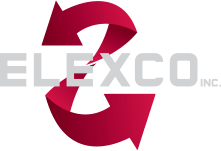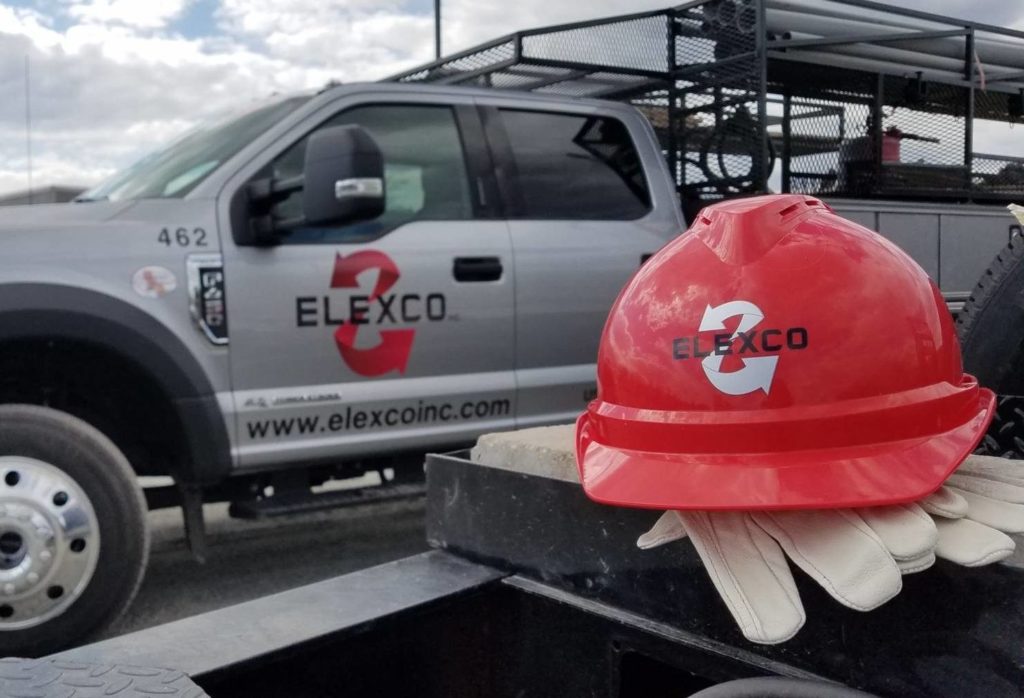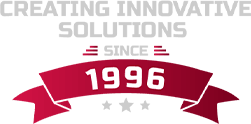The History of Hard Hats: Did you know?
- The hard hat was invented in 1919 by Edward Bullard. He came home from World War I and, having witnessed a helmet’s lifesaving potential, decided they also had a workplace application.
- The first hard hats were made of leather or canvas, hard-boiled, and shellacked.
- The first hard hats were designed to protect mine workers.
- Large-scale construction projects such as the Hoover Dam and Golden Gate Bridge quickly catapulted hard hats to standard safety gear status.
Hard Hat Technological Advancements
- Thermoplastic hard hats were produced in the 1950s and all safety helmets have been made from plastic since the early 2000s.
- Today’s hard hats are very affordable and make it easy to replace them when they expire or sustain an impact.
- Today’s hard hats are more comfortable with integrated chin straps, padding, and easily adjustable sizing.
Depending on your job and the environment, Elexco employees may choose a hard hat with a visor or welding helmets that protect from sparks. Accessories include ear protection, sunshades, and headlamps.
Personal Style
Hard hat color and design are sometimes dictated by the company the worker is employed by others use their helmets to express their style.
- High visibility helmets make sense for those who will be working in reduced lighting.
- Some organizations have their logo and employee name or ID printed on them.
Paint and permanent markers can degrade the plastic over time. Labels or stickers may be a good option for conveying important information or the wearers’ personal style. Some organizations use stickers to identify specific safety training; for example, are they trained for confined spaces?
I’ve noted volunteers who collect stickers from the locations of their projects and display them proudly on their hard hats. My hard hat is bright pink and has my name in large letters right in front.
OSHA Standards
OSHA regulations ensure that employees wear protective helmets when working in areas where there is a potential for injury to the head from falling objects. Additionally, a protective helmet designed to reduce electrical shock hazards must be worn when near exposed electrical conductors.
OSHA requires that protective helmets comply with ANSI/ISEA Z89.1-2014 – American National Standard for Industrial Head Protection.
Are you curious about how Elexco keeps its employees safe? Be sure to follow us on social media for updates on our safety training.
Resources:
https://www.smithsonianmag.com/innovation/history-hard-hat-180974238/



